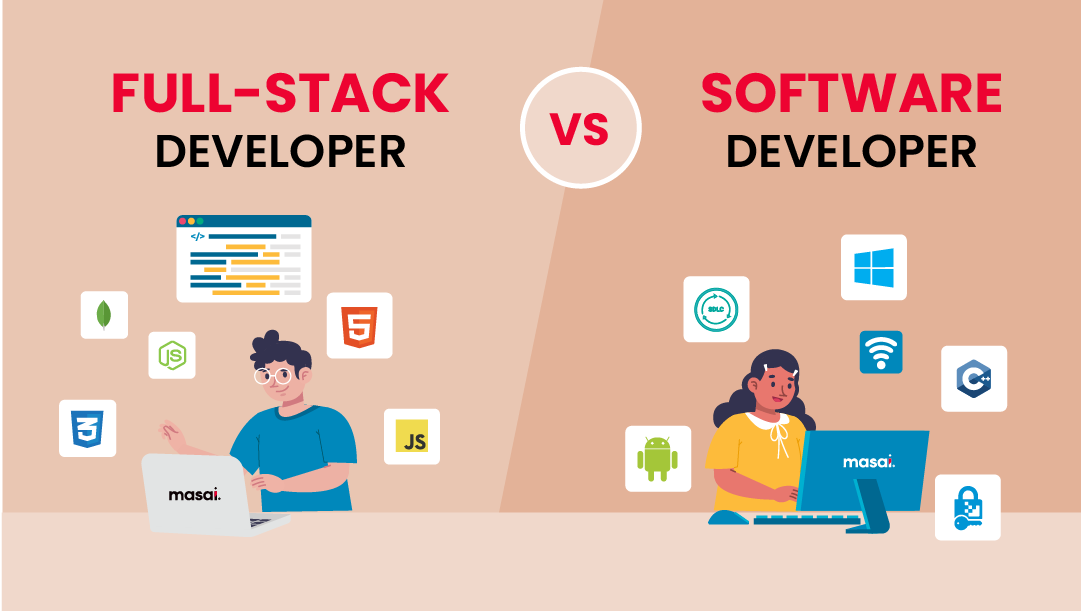Devoted Developers vs. In-House Teams: Which Is Right for You?
The decision in between using committed programmers and maintaining an in-house group is a substantial one that can influence the trajectory of your tasks and overall service method. Alternatively, in-house teams contribute to a cohesive firm society and a nuanced understanding of long-term objectives.
Recognizing Committed Developers
The growing demand for specialized abilities in the technology sector has actually resulted in the introduction of committed programmers as a practical service for lots of companies. These specialists are typically contracted on a project basis, allowing companies to leverage particular competence without the long-lasting dedication connected with full time hires. Devoted developers are commonly ingrained within a customer's team, supplying versatility and scalability to satisfy job demands.
This design allows organizations to access an international talent swimming pool, which is specifically useful in a quickly progressing technological landscape. Dedicated designers can be sourced from different geographical areas, guaranteeing that firms can locate the best ability at competitive rates. They often bring a wealth of experience and expertise, having actually worked with varied tasks throughout different sectors.
Moreover, dedicated programmers can focus exclusively on the jobs handy, enhancing productivity and performance. They are furnished to integrate seamlessly right into existing process, collaborating very closely with internal teams to achieve task objectives. This approach not only lowers the problem of recruitment and training however additionally enables companies to continue to be dexterous, adapting quickly to changing market needs and technological improvements.
Benefits of In-House Teams

Furthermore, internal teams often tend to have a deeper understanding of the business's goal, worths, and objectives. This placement can enhance employee involvement and motivation, as team participants feel a lot more attached to their work and the company's success. Additionally, having a specialized internal group enables better placement of goals and approaches, as these members are constantly concentrated on the company's priorities.
Internal groups additionally assist in quicker decision-making procedures, as they can respond extra rapidly to challenges and modifications. The well established partnerships and familiarity with company protocols enable streamlined process and minimized miscommunication. Inevitably, the mix of a cohesive culture, placement with business objectives, and effective interaction makes in-house groups a useful possession for lots of companies, specifically those aiming to cultivate long-lasting growth and innovation.
Cost Factors To Consider
When examining price factors to consider, both in-house groups and committed programmers existing unique financial implications for organizations. Involving committed programmers typically entails a pay-per-project or hourly rate model, which can be cost-effective for businesses with varying project needs. This approach permits versatility in scaling sources up or down, guaranteeing that companies just pay for the solutions they require.
On the other hand, in-house groups involve repaired prices, consisting of incomes, benefits, and overhead expenditures such as office area and equipment. While this model offers higher control and instant availability of sources, it might lead to greater long-term expenditures, especially if the workload does not justify a permanent personnel.
Additionally, business must think about the concealed prices connected with recruitment and training of internal employees, which can better stress budgets. In some situations, the time and resources invested on managing an internal team can diminish the company's core company objectives.

Task Administration and Adaptability
Task management and adaptability are crucial variables that affect the choice in between internal teams and devoted developers. Dedicated designers typically use a high level of versatility, allowing organizations to range sources up or down based on task demands. This agility can be especially advantageous for companies experiencing rising and fall work or those designer websites seeking to innovate quickly. Committed groups frequently have developed processes for taking care of projects properly, leveraging certain approaches like Agile or Scrum, which assist in iterative progress and flexibility.

Ultimately, the selection in between in-house groups and devoted designers hinges on the desired degree of versatility and the specific project monitoring demands. Companies have to review their functional dynamics, task complexity, and source availability to determine which alternative aligns ideal with their calculated objectives.
Making the Right Option
Selecting the right advancement strategy-- in-house teams or dedicated designers-- calls for a careful assessment of various aspects that straighten with a company's calculated objectives. Alternatively, in-house groups can provide much better connection and integration with existing workers.
Following, examine your spending plan. Committed programmers typically provide a cost-efficient service for temporary projects, while in-house teams might sustain greater long-term expenses due to wages, advantages, and overhead costs. Evaluate the level of control and collaboration preferred; internal groups commonly cultivate more powerful interaction and placement with firm society.
In addition, think about the time framework. If instant results are necessary, devoted designers can be onboarded rapidly, whereas building an in-house team takes time for recruitment and training. Weigh the long-term vision of your company. Investing in an in-house team may yield far better returns over time if continual development is vital. Inevitably, the choice depends upon a comprehensive analysis my website of these elements, guaranteeing alignment with your firm's general goals and operational demands.
Verdict
In final thought, the decision between internal groups and dedicated developers hinges on job requirements and business objectives. On the other hand, internal teams grow a natural society and much deeper positioning with long-term objectives.
The decision between using committed developers and maintaining an in-house team is a significant one that can impact the trajectory of your tasks and general company technique.Project administration and flexibility are crucial elements that influence the choice between in-house teams and devoted developers. software development partner.In contrast, internal teams may succeed in keeping a regular task administration framework due to their knowledge with the organization's culture and long-lasting objectives. Committed designers often offer a cost-efficient option for short-term projects, while internal teams might incur higher long-term expenses due to salaries, advantages, and overhead costs.In conclusion, the choice between internal teams and devoted designers hinges on task demands and organizational purposes
Comments on “Hire Dedicated Developers to Increase Your Software Development Timeline”